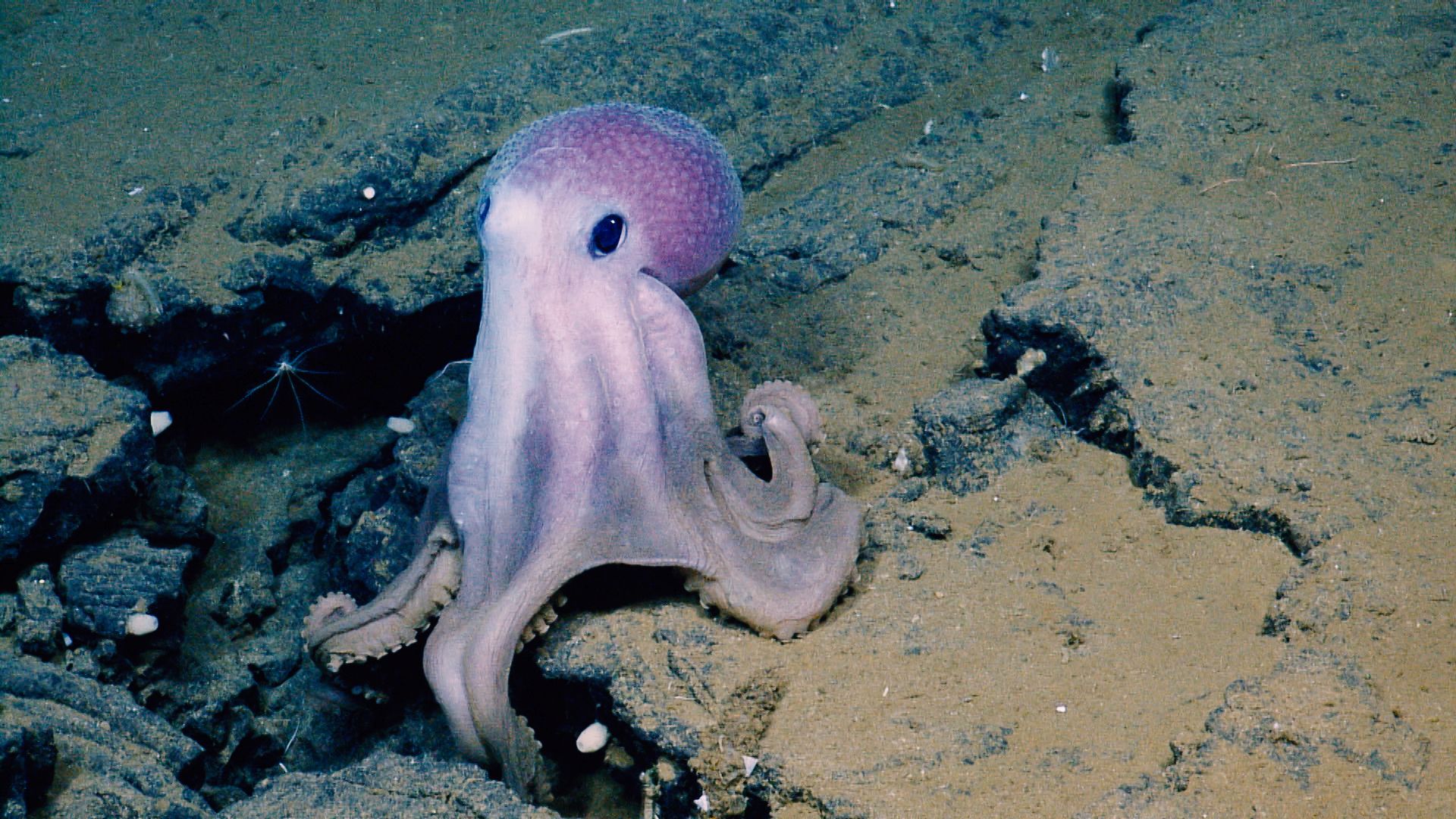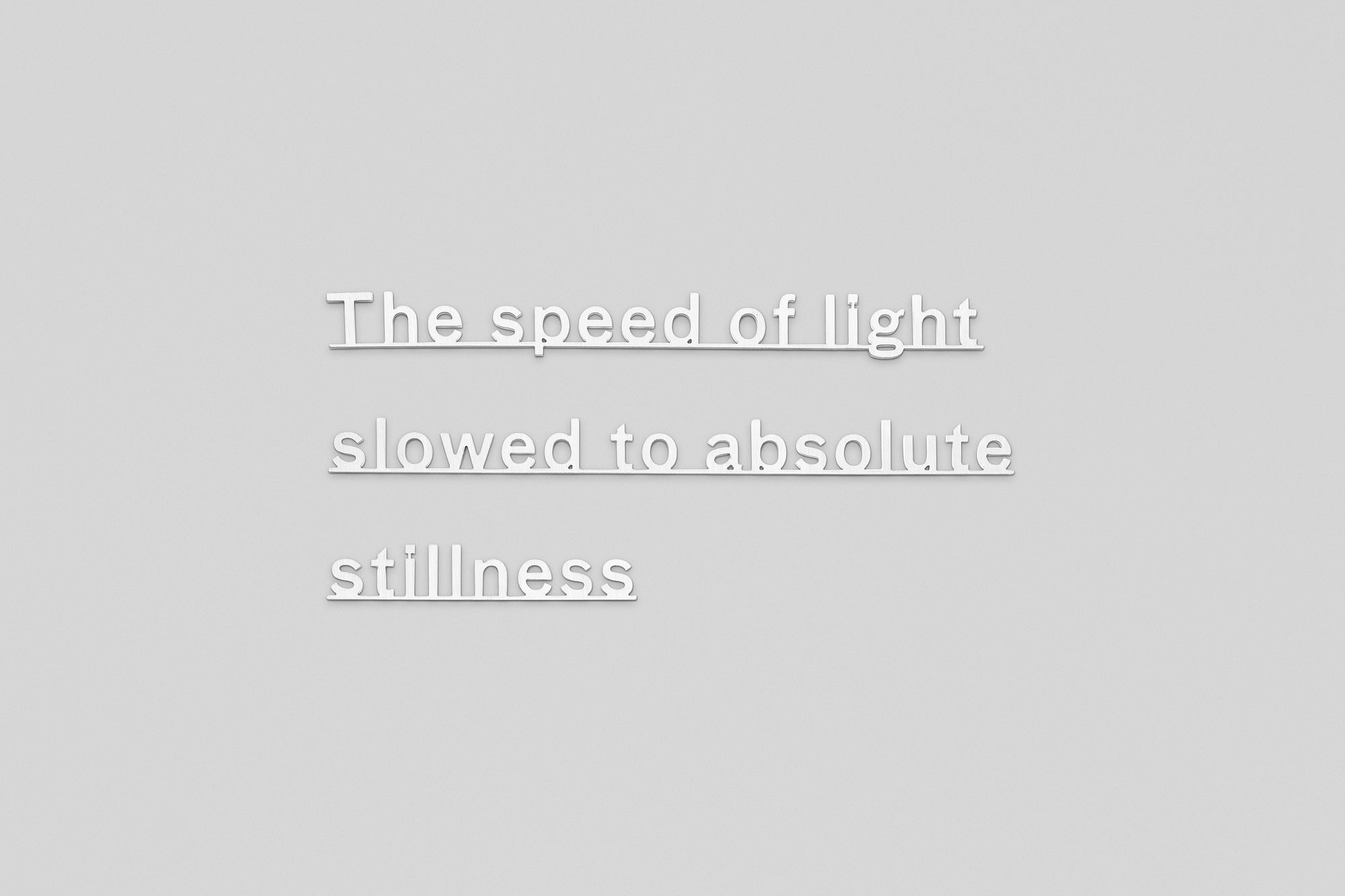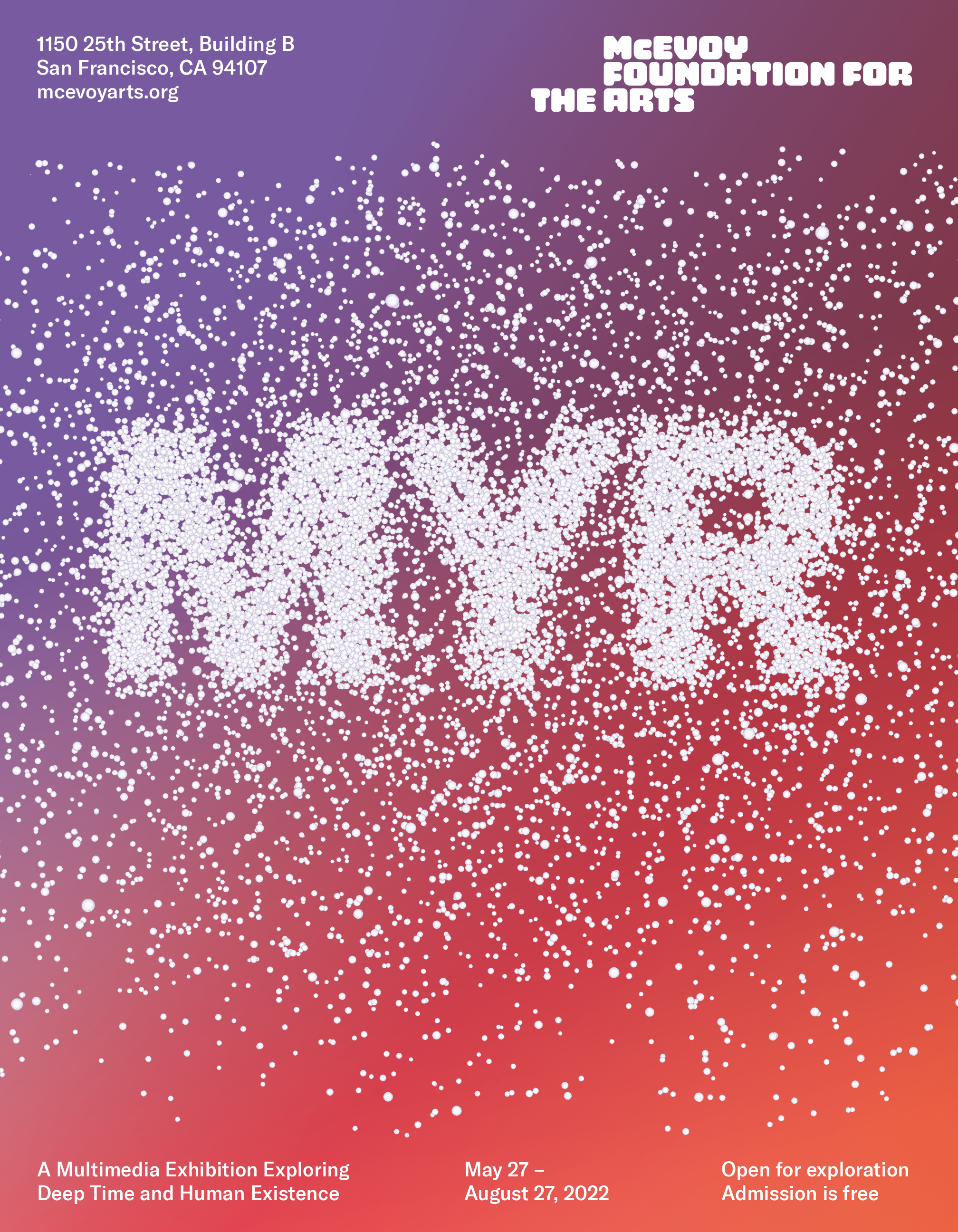A simulation of Mars millennia from now, verdant but utterly devoid of human inhabitants.
A set of ten glass vials, each filled with a custom retrovirus that spurs the production of oxytocin in the human body.
A pair of sticks of incense — one imbued with the scent of Earth’s first forest, and one with the scent of what may be its last.
At MYR, a new art exhibition currently on view at the McEvoy Foundation for the Arts in San Francisco from May 27–Aug 27, 02022, these works of art — and more — are on display. On their own, each piece is an intriguing and often visually striking conceptual work. Taken as a whole, the exhibition coheres as a thought-provoking exploration of the human experience in the face of the vastness of deep time.



The exhibition, curated by Bay Area writer and lecturer Elizabeth Thomas, takes its name from the worlds of astronomy and geology, where it is a commonly used abbreviation for a span of one million years. Yet it also subtly evokes the idea of the myriad — a word that originally came from the ancient Greek term for ten-thousand, but has since come to mean an uncountably large and diverse set of things. The ideas and artforms on display at MYR capture this feeling of overwhelming diversity; rather than take a certain position on what the far future may hold, the exhibition seems to occupy a sort quantum superposition, showcasing a kaleidoscopic view of deep time that most of all emphasizes its unknowability.
In her curator’s statement, Thomas notes that the artwork in the exhibition can “help us to decenter the human and imagine ourselves as a part of the world around us rather than apart from it.” The most affecting works in MYR, though, are not anti-humanistic in a traditionally misanthropic sense. Instead, they take a stance of appreciating humanity despite our seeming insignificance among the grandness of deep time.
Consider Rhonda Holberton’s Displaced Hole series, impressions of blast marks from nuclear testing and manufacturing sites cast in plaster and Polyurethane foam. Holberton’s work considers both the extremely long lives of some radioactive isotopes — uranium’s 700 myr half-life makes it comparatively transient in the face of some of its more stable cousins — and the impact that human industries of energy and war have on the landscape in the nearer term. The sites she collected her casts from had in many cases been reclaimed by nature since their use as centers of manufacturing in the 01940s and 01950s, a testament to both the depth of our impact on the landscape and how even shorter lengths of time can wash that impact away.
The exhibition’s set of physical works is accompanied by a series of short films screening on loop, each one further toying with the human experience of time. Finnish artist Jenna Sutela’s Holobiont explores the worlds of extremophilic bacteria and space travel, using visceral imagery of natto, a Japanese fermented soybean delicacy, juxtaposed with the clean rooms and purification facilities used by the European Space Agency’s Planetary Protection quarantine systems. It’s an almost overwhelming film, going from the cosmic to the gastric in just ten minutes. Other films in the exhibition explore cephalapods as a possible direction in human evolution and the ways in which plastics have pervaded the "interconnected network of fluids flowing through all land-based organisms."

Yet despite all of the sweeping, high-concept pieces in the exhibition, some of the most inspired works in the gallery may be the simplest. MYR includes a number of pieces by Scottish artist Katie Patterson, who previously has cataloged dead stars, captured the sound of melting glaciers, and begun a library project where the books will not be readable for a hundred years after they are written. Patterson’s pieces in MYR, though, are more direct: a series of metal plates scattered throughout the gallery, subtle enough that you might miss them at first glance. Each piece in the Ideas series consists of a single, thought-provoking statement — The speed of light slowed to absolute stillness or The universe rewound and played back in real time, for example. Taken together with the more visually arresting works in the gallery, these pieces turn MYR into not just a collection of art but a place for contemplation, a way to internalize those worlds of deep time that can otherwise be so hard to grasp.

MYR is showing at the McEvoy Foundation for the Arts in San Francisco from May 27–Aug 27, 2022. Admission is free. For more information, see their website.
